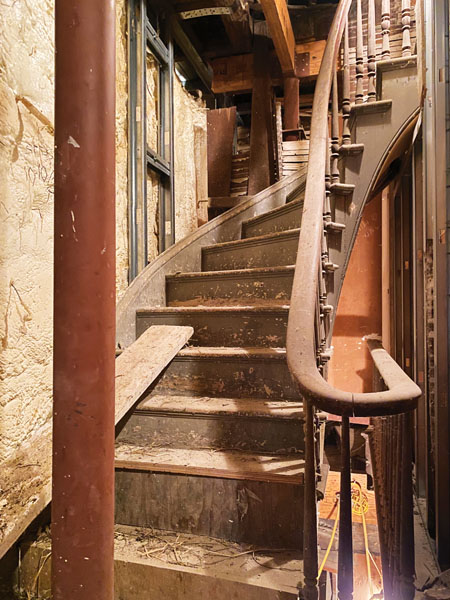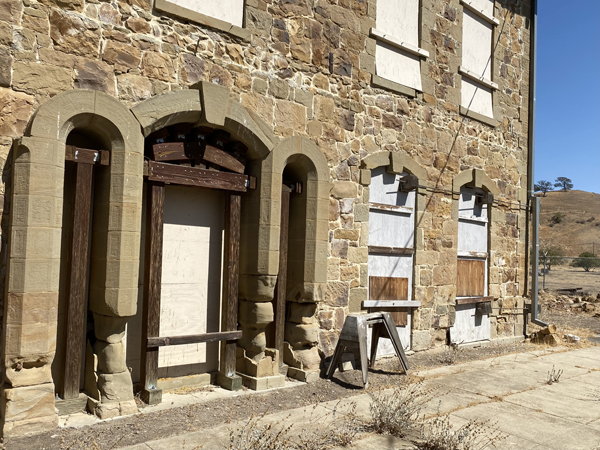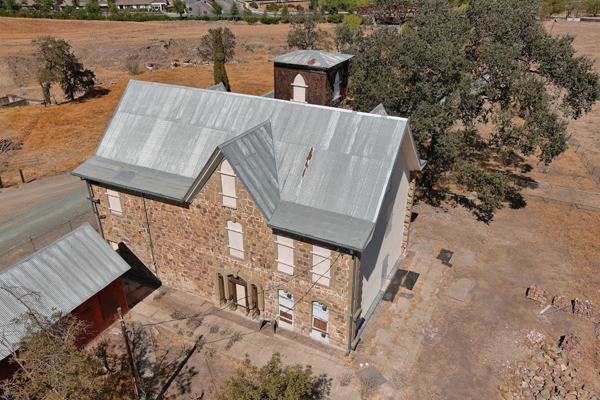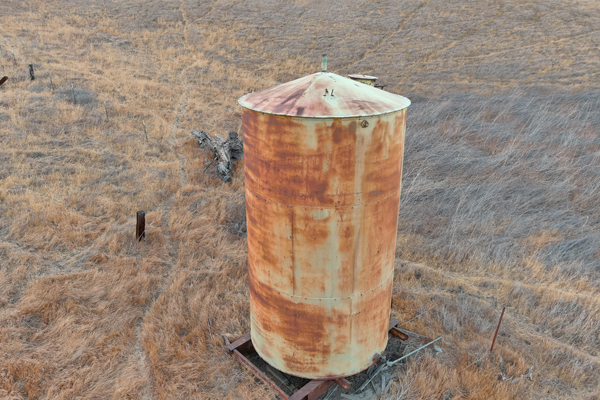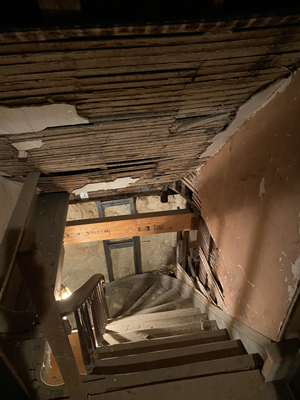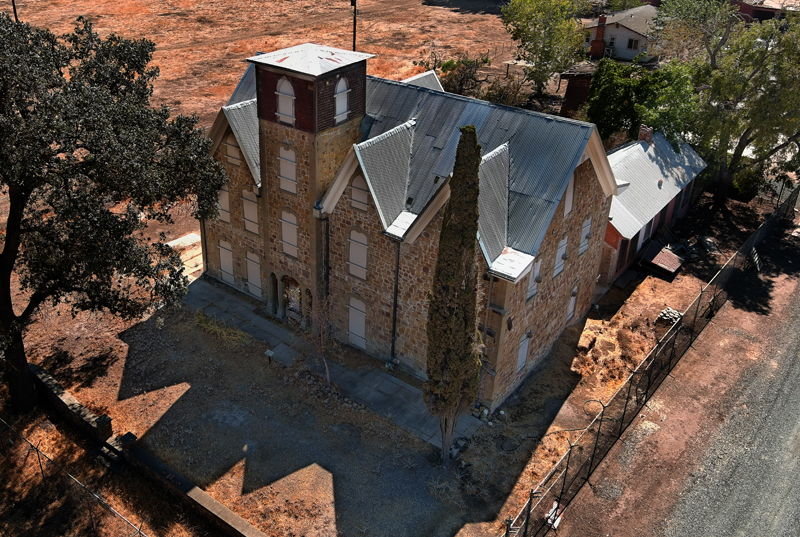
default
State funding moves Brentwood’s historic John Marsh House a step closer to restoration
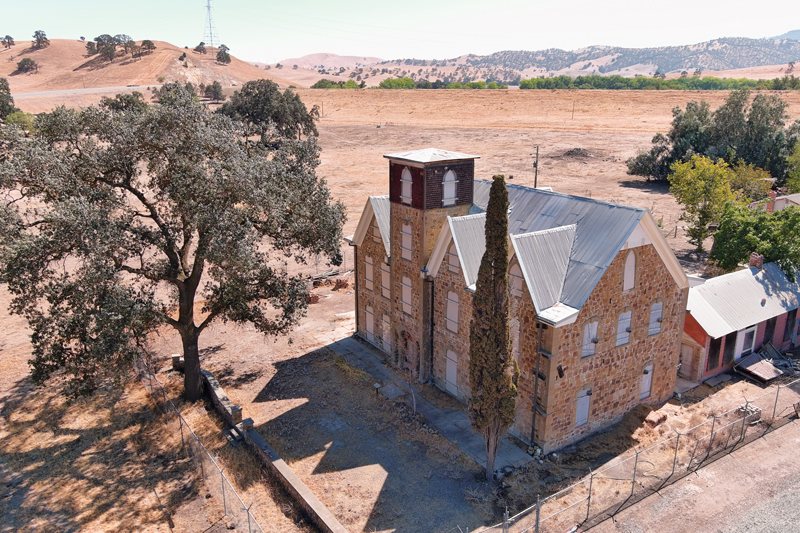
BRENTWOOD, CA (Sept. 16, 2021) — After more than 20 years of lobbying, fundraising and hard work by local history-minded citizens and politicians, the John Marsh House has moved a few steps closer to being restored to its former glory.
Thanks in large part to the efforts of state Sen. Steven Glazer and Contra Costa Supervisor Diane Burgis, the new state budget includes $1.4 million for construction and restoration of the 7,000 sq. ft. mansion in Brentwood.
The house will be the centerpiece of the yet-to-open John Marsh State Park, a 3,700-acre parcel set between the Bay Area and the Delta and Central Valley. The park will commemorate the site’s Native American, Vaquero and early American pioneer cultures.
The area is rich in archaeological treasures, including much evidence of the Volvon tribe of Bay Miwok Indians, whose presence dates back 7,000 years.
“Given the house’s standing in our local history and the rich archaeological composition surrounding it, restoring this treasure will be a huge benefit to students, nature lovers and history buffs from throughout the region,” Glazer said.
“There are so many opportunities for the community to take advantage of all the park has to offer,” Burgis noted. “A lot of kids think that history happened somewhere else, but a lot happened right here in our backyard, too.”
More funding needed
The John Marsh Historic Trust, founded in 1997 to restore and preserve the iconic sandstone house and its surroundings, hails the new funding as “a game changer.”
“The trust’s dream of a fully restored Marsh House serving as East County’s site for the public to restore and relive the Rancho era leading up to the Gold Rush and statehood has taken a giant leap,” said trust president Barry Margesson.
The $1.4 million, however, is far short of what will be needed to fully stabilize the house, much less restore it. Earthquakes and time have caused much damage over the years; walls have collapsed, and sandstone building blocks have eroded.
The trust is launching a new effort to match the state’s investment and is working with California State Parks and other government agencies to bring about their shared vision.
A storied history
The house was built in 1855-’56 from stones quarried in the nearby hills and bricks fired on site. The gabled house was the first stone mansion in California and was considered in its day to be “the finest ranch home” in the state.
Once at the center of an immense agricultural empire that stretched from Antioch to Discovery Bay, the Gothic-Revival behemoth stands rather forlornly on the banks of Marsh Creek. It’s been shored up and reinforced by previous restoration efforts that were cut short by lack of funds and the COVID pandemic.
“Doctor” John Marsh was the first American-born pioneer to settle in Contra Costa County. The enterprising grifter from Massachusetts arrived in Southern California in 1835 – fleeing trouble-filled stints in New Mexico and the Midwest, where he was accused of selling guns to Native Americans and inciting an Indian war among the Sioux.
Having spent a year studying medicine with a Boston doctor years before, Marsh took advantage of the lack of medical care in Los Angeles and professed himself to be a physician. He presented his BA diploma from Harvard, written in Latin, to Alta California Mexican officials as proof.
He set up a practice and even performed operations successfully, thus becoming the first practicing doctor on the West Coast.
Go West, he proclaimed
After purchasing the 50,000-acre land grant Rancho Los Meganos from José Noriega in 1838 for $500, Marsh realized he could increase his wealth by “importing” customers for his cattle and other commodities by persuading people to travel overland to California. He began an aggressive letter-writing campaign, touting California’s climate, rich soil and other amenities to prospective settlers.
Newspapers around the country published his letters, complete with maps of the California Trail, as it came to be known, which terminated at the Marsh House in Brentwood.
Marsh and John Sutter, of Gold Rush Sutter’s Mill fame, became fierce advocates for Western expansion and immigration. Later, they were among the most influential voices calling for California statehood.
However, Marsh was not a popular man. One of the richest men in California at the time, he paid low wages, charged high prices and treated employees badly. John Bidwell, the founder of Chico, who led the first wagon train over the Sierra Nevada in 1841, called him “the meanest man in California.”
Marsh was murdered by disgruntled employees three weeks after moving into his mansion. He and his wife, Abby, who died just before the house was completed, are buried in Mountain View Cemetery in Oakland.

Pamela Michael
Pamela Michael is a writer and communications specialist who has lived in Curry Canyon for twenty years.

